Results 1,331 to 1,340 of 12094
Thread: Anandtech News
-
12-28-11, 12:21 PM #1331
Anandtech: Unofficial HTC Super Tool Roots, Unlocks and de-Senses

Brian covered HTC's web-based bootloader unlocking tool previously, and while their efforts are commendable, the limited phone seleciton was frustrating. Frustrating enough that xda developers user frigid opted to try things his own way. The resulting app (Windows only) allows users to obtain root, unlock the bootloader and remove most of the Sense skin on a wide variety of HTC devices. The price? Your warranty. While HTC's official tool keeps your warranty intact, the Super Tool leaves you flying with no net. So, foul up a flash, and no one will be there to heal your bricked device. Still, if you're feeling brave enough, and are lucky enough to have one of the supported phones, hit-up the source link and give it a try (at your own risk).
More...
-
12-29-11, 01:30 AM #1332
Anandtech: Intel Core i7 3820 Review: $285 Quad-Core Sandy Bridge E
If you are a normal desktop user or even a power user with plans to run at over 4GHz, the vanilla LGA-1155 Sandy Bridge platform is good enough. You get some of the fastest CPUs on the market today paired with reasonably priced motherboards and the ability to use Quick Sync to transcode video...er...quickly. If that's not enough, Intel launched a higher end platform last month: the LGA-2011 Sandy Bridge E.
Take a regular Sandy Bridge, add PCIe 3.0 support, increase the number of PCIe lanes that branch off of the CPU (from 16 to 40 lanes), double the number of memory channels (4 x 64-bit DDR3 memory controllers) and you've got Sandy Bridge E and its LGA-2011/X79 platform. SNB-E is currently available in two forms: a $999 6-core Extreme Edition part (Core i7 3960X) and a $555 6-core unlocked version (Core i7 3930K). Neither is exactly cheap but if you need the PCIe lanes, core count and memory bandwidth, they are your only ticket.
Sandy Bridge E is a fairly niche platform to begin with, but what about the niche within the niche (extremeception?) of users who just need the LGA-2011 platform but not necessarily a 6-core behemoth? For those users, there's the Core i7 3820.
Read on for our review!
More...
-
12-29-11, 11:10 PM #1333
Anandtech: ViewSonic V3D231 3D Display - The Passive Approach
Almost all of us have gone to see a movie in 3D at the theaters at this point. Unlike most 3D designs at home, movie theaters use a passive 3D setup with polarized glasses that enable you to watch 3D without needing expensive, battery powered glasses.
Though the implementation is slightly different, passive 3D technology has started to come to the home as well, and the ViewSonic V3D231 is one of the first computer monitors to use it. Will the advantages of passive 3D outweigh the negatives in a PC environment? Find out as well as how the Viewsonic V3D231 fares in non-3D tasks in our full review.
More...
-
01-02-12, 11:30 PM #1334
Anandtech: SilverStone Precision PS07: Temjin For Less?
We were big fans of SilverStone's Temjin TJ08-E when we reviewed it back in August. Who wouldn't be? Even SilverStone was surprised at just how effective the little enclosure was, producing better cooling and acoustics than their own substantially more expensive Fortress FT03. Today SilverStone comes to us with a modified Temjin TJ08-E--modified for a lower price point. The Precision PS07 is almost identical to its predecessor internally, but SilverStone has cut some corners to shave about $20 off the end retail cost. Was it worth the sacrifice?
More...
-
01-03-12, 10:20 AM #1335
Anandtech: All BlackBerry PlayBook Models On Sale for $299
Research in Motion's BlackBerry PlayBook tablet (read our review) is now on sale for $299 in the BlackBerry Store, a price which applies to the 16GB, 32GB, and 64GB models. This price will be available until February 4, and (at least as of this writing) appears to be a sale and not an across-the-board price cut - retailers like Best Buy are still selling the tablets at their original prices of $499.99, $599.99, and $699.99, while others (like Amazon) are offering different discounts.
This move isn't quite reminiscent of last year's fire sale on the HP Touchpad, in which HP simultaneously announced its decision to stop selling WebOS hardware and dumped most of its existing inventory, but it does represent a similar opportunity for RIM to move some inventory, expand its user base, and, perhaps, to test the waters with some lower price points. At this point, most non-iPad tablets to sell in significant numbers (including the Kindle Fire and the discounted TouchPad) have had to undercut Apple fairly significantly on price.
The link to the BlackBerry Store is below. Note that if you're in the market for the 16GB PlayBook, Amazon's price is cheaper than RIM's by about $40, but the 32GB and 64GB tablets are both cheaper through RIM.
Source: BlackBerry Store
More...
-
01-03-12, 11:40 AM #1336
Anandtech: Samsung Galaxy Note Gets ICS-based CyanogenMod 9 Build
The CyanogenMod team yesterday released an experimental development build for the Samsung Galaxy Note, the first port of the new Ice Cream Sandwich-based CyanogenMod 9 to support the device. Samsung's official Ice Cream Sandwich upgrade for the Note is scheduled to be released before the end of the first quarter of 2012.
The new port is labeled "experimental" for good reason - while wi-fi, cellular data, audio, the touchscreen, and the GPS and sensors should be working properly, Bluetooth, battery usage, MTP mode, and the camera aren't. The team says that the camera won't work until it gets access to one of Samsung's official Android 4.0 builds for the Note, while the build's current graphics drivers are Gingerbread-based and can cause some rendering problems. As with any development software, you should hesitate to put this on any phone you rely on in your day-to-day wheelings and dealings.
While CM9 builds to this point have mostly targeted Samsung phones, as development continues we should see builds made available for most CM7-compatible devices beginning with the most recent hardware and working backward (excluding the original Motorola Droid). The download page for the Note port confirms that the CyanogenMod team is still targeting a January or February date for a final release, though we probably won't see all older devices supported until a few months after that.
Source: XDA
More...
-
01-03-12, 04:00 PM #1337
Anandtech: ASUS to Issue Bootloader Unlock Tool for Transformer Prime, ICS Update Due
In response to criticism from the modding and open-source communities, ASUS announced today that it would be issuing a bootloader unlock tool for its new Eee Pad Transformer Prime tablet (read parts one and two of our review) at an undetermined future date. Because of DRM concerns, unlocking the Transformer Prime's bootloader will render it unable use Google's video rental service, and it will also void the device's warranty.
ASUS will also be releasing two updates for the Transformer Prime in the coming weeks - the first, due "shortly," will improve camera focus, fluidity of the touch interface, and the Android Market's APK capabilities. The second, due to begin rolling out January 12, is the full Ice Cream Sandwich update. ASUS didn't elaborate as to how quickly users could expect to receive that update - just that availability will begin on the 12th. Our review of the Transformer Prime noted that ASUS didn't do much to slow down or gum up the tablet's Honeycomb implementation, and that will hopefully be true of Ice Cream Sandwich as well.
Lastly, ASUS also notes that it has removed mention of the tablet's GPS functionality from its spec sheet and marketing materials (though not, as far as I can tell, from the device itself) "to avoid inconveniencing users who demand a powerful GPS device" - with this, ASUS has apparently decided that it's more efficient to stop touting the tablet's GPS capabilities than it would be to address the issues of users looking for a high-quality GPS.
Source: ASUS on Facebook
More...
-
01-04-12, 03:22 AM #1338
Anandtech: ASUS Eee Pad Transformer Prime GPS Issue Explained
An Apology
Over the past couple of weeks I've received emails and tweets asking me to look into GPS performance issues with ASUS' Eee Pad Transformer Prime. By the time I got around to doing so, ASUS had already acted. ASUS removed GPS support from the Prime's spec sheet and made a public statement about it. We didn't have a ton of time during our initial review of the Eee Pad Transformer Prime, but we had more than enough time between then and our follow-up to address the GPS issues before shipments ever reached customers. Why didn't we say anything until now? Because I forgot to test GPS reception performance on the Prime.
It's not an easy thing to admit because we do spend a lot of time reviewing these devices, but GPS reception is something I missed. I was so focused on power consumption and the WiFi issues that thinking to test GPS on the Prime simply slipped my mind. Had I tested it originally we could have brought the problem to light sooner and perhaps saved everyone a lot of trouble. This is the perfect example of why we spend so much time testing nearly everything we review. Without thorough testing issues like this can go by unnoticed and the customers are the ones who end up suffering. If you read our review, bought a Transformer Prime and were frustrated by the GPS performance of the tablet, I do apologize. This is something I should have tested sooner. I can't promise we'll always catch everything, but we do try our best to catch as much as possible and we'll continue to do so in the future.
I don't believe the GPS issues on the Prime are substantial enough to warrant changing our recommendation for the product, but I have updated our review with a warning to those users who are planning on using the Prime as a GPS receiver.
Mistakes are easily made and aren't easily rectified. What follows is the explanation and analysis of the GPS performance on the Transformer Prime that should've been published weeks ago.
The GPS Issue
ASUS recently released an update that addresses GPS lock performance, however it only ensures that ephemeris (used to calculate satellite position) and almanac (details for all GPS satellites) data are downloaded over WiFi to speed up the process of determining your current position. Without network assistance, this data would have to be received from the satellites themselves at an extremely low transfer rate (50 bits per second in ideal conditions). This update does not fundamentally address the issue of GPS reception, nor is it possible to address that in software - it's a limitation of the Prime's design.
GPS signals are transmitted as high frequency radio waves (~1.5GHz for most client GPSes) from a number of orbital satellites high above the earth's surface (~20K km). GPS satellites broadcast accurate time and orbital positioning information for themselves and other satellites in the system. GPS receivers on the ground can then calculate the receiver's location using this data from a minimum of four visible satellites. More accurate location calculation is possible with more satellites but four is generally the minimum.
The data needed from the satellites isn't very large, but it's transmitted very slowly and via RF over a great distance. As we've mentioned in earlier posts, radio waves don't pass through conductors that block their path. Though stylish, aluminum enclosures are very good at blocking radio waves.
Apple obviously had to deal with this problem in the past. The original iPad and the iPad 2 are both made of aluminum, and both at a minimum have Bluetooth and WiFi antennas to deal with. The original iPad placed the WiFi antenna behind the plastic Apple logo on the rear of the tablet. Radio waves easily travel through plastic and the logo is a permanent fixture on Apple products so the design decision made sense. The iPad 2 relocates the WiFi antenna, presumably to shave precious millimeters of thickness from the center of the tablet to the bottom corner near the dock connector. Instead of a plastic RF window there's the perforated aluminum speaker grill. This isn't as desirable of a location as behind plastic, resulting in worse WiFi range out of the new iPad compared to its predecessor, but it's better than putting the antenna behind solid aluminum.
The 3G models of the iPad/iPad 2 have always included a black plastic strip behind which the cellular and GPS antennas reside. The 3G models needed this design concession in order to deliver decent cellular reception.
ASUS built the Eee Pad Transformer Prime out of aluminum, similar to the iPad/iPad 2. This departure from the original plastic Eee Pad Transformer was welcome, but brought with it the same sort of antenna challenges that Apple has had to face.
Being thinner than the iPad 2, the TF Prime presumably doesn't have the thickness to accommodate a WiFi antenna mounted in the middle of the chassis behind an RF window. Furthermore, ASUS didn't provide any such window to begin with making this point moot. There is a speaker grill similar to the one Apple included in the iPad 2, however ASUS didn't choose to locate the WiFi antenna here.
Instead ASUS included a pair of WiFi antennas (implementing antenna diversity) on either side of the front facing camera. WiFi range isn't as good as the all-plastic Transformer, but functional antenna diversity did make best case performance virtually identical in our tests.
The GPS antenna is located between the two WiFi antennas - left justified so it's closer to the main antenna. GPS in the Eee Pad Transformer is actually driven by the same Broadcom BCM4751 GPS receiver Apple used in the GSM iPad 2 and the original Eee Pad Transformer:
Despite having the same base hardware however, GPS performance is much worse on the Prime. Let's start with the best case scenario, outdoors, fairly clear skies with nothing overhead. The Transformer and Transformer Prime are side by side and we fire up GPS Test. The original Transformer determines its physical location almost immediately, the Prime is able to do so only after a period of 18 seconds. The GPS Test output from both tablets is below (ignore the time differences, the timezone on the Prime wasn't properly set):
The Prime is actually able to see more GPS satellites, but the average signal to noise ratio on the Prime is much worse than on the OG Transformer. The Prime attempts to use more GPS satellites fairly consistently, but just as consistently the Prime delivers lower positional accuracy.
Note that the screenshots above are among the worst results for the OG Transformer in this first test. If we look at the best results we see a much bigger gap between the two:Our next test is the worst case scenario for either tablet: indoors. Both tablets are positioned inside a two-story house five feet away from an outside-facing wall with windows. This isn't a very realistic test but it does provide one of the most difficult environments for GPS reception.
Here the Prime never gets a lock. At best it sees a single satellite but it quickly disappears. The OG Transformer on the other hand sees reduced performance but it does obtain a lock:
Our final test is in a vehicle with both tablets connected to a WiFi hotspot on an iPhone 4S. This is one of the most realistic scenarios where you'd actually use the GPS functionality of a tablet.
Here the Transformer Prime took 64 seconds to determine its position via GPS. The OG Transformer did so in less than 10 seconds. Both accuracy and SNR are worse on the Transformer Prime.
Depending on the environmental conditions the Transformer Prime's GPS reception can range from slightly worse than the original Transformer to completely unusable. This is a side effect of the Prime's aluminum construction. For whatever reason ASUS decided against including a plastic RF "window" in the Prime's design that would have improved GPS reception without sacrificing the majority of the tablet's aluminum construction. If I had to guess, I'd say ASUS probably didn't view GPS reception as a significant enough feature of the Transformer Prime to warrant a design change to improve its performance. It's also worth noting that the Prime's target design competitor, the iPad 2, doesn't offer GPS support in the WiFi version. It's only in the 3G models that GPS is offered.
ASUS' resolution to the poor GPS performance of the Prime was honestly the best course of action it could have taken. Quickly redesigning the Prime to improve GPS reception isn't realistic. ASUS owned up to the problem and admitted the design impedes GPS performance. ASUS took further action by removing GPS from the list of supported features of the Transformer Prime so at least going forward customers won't be mislead. The only thing that ASUS didn't do was offer a return/exchange program for those users who felt they were mislead by ASUS' initially advertised specs. However, given the first shipments of the Prime went out less than 30 days ago, customers should be within their return windows for the time being.
There are obvious benefits to an all aluminum device construction, however it does present some interesting technical challenges when it comes to wireless interfaces. I have to say that Apple's solution in this case (a plastic RF window) makes a lot of sense and I hope to see something similar used in future ASUS designs.
More...
-
01-04-12, 04:00 AM #1339
Anandtech: ASUS Eee Pad Transformer Prime Teardown
In researching for my piece on the Transformer Prime's GPS issue I needed to know the location of the GPS antenna inside the Transformer Prime. Given the limited supply of Transformer Primes at this point, it's not too surprising that no one has done a proper teardown of the tablet. I grew frustrated of trying to figure out what was going on in the leaked FCC photos of the TF Prime so I decided to dissect mine.
If you hold it in a landscape orientation with the camera at the top, the Prime is held together by a bunch of plastic snaps across the top/sides and adhesive along the bottom. The easiest way to get it open is to separate the display from the aluminum chassis using a plastic opening tool along the top and sides. You'll need a heat gun to warm up the glue to get the bottom to pry apart. Proceed at your own risk, while I was able to put the Prime back together after all of this there's a high risk of damaging your beauty.
There are two ribbon cables (three connectors) that have to be disconnected before you can separate the Prime into its two halves. The display half tells an interesting story:
There are contacts for the two WiFi antennas as well as for the GPS antenna on the display side of the Prime. Flipping back over to the motherboard side you'll see how the signals cross the gap:Little pogopins make the connection between the traces/pigtails on the PCB side of the Prime to the antennas on the display side. There are three pogopins and three contact points. This is arguably better for reception than burying antenna pigtails between the PCB and the aluminum chassis.
The labels on the antenna PCBs give us the first indication that there's WiFi antenna diversity in the Transformer Prime:
The Prime's long, slender motherboard is covered by black tape populated with a few small, conductive pads. These pads connect ground points on the Prime's motherboard to the metal backing of the display:
With the tape removed we have access to the motherboard, although its easier to remove if you first pull out the battery:
The component-side of the motherboard is also covered by black tape however this time there's actually a thin but fairly rigid layer of metal enclosed by the tape. The metal is used as a heatsink (primarily for the Tegra 3 SoC) and is exposed in a couple of areas along the board:
Four ARM Cortex A9 cores running at up to 1.3GHz is enough to require some heat dissipation, although thankfully we don't have to worry about cramming fans into these tablets. Here's the full board:If you flip through our teardown gallery you'll notice a pair of antenna pigtails (one seen above) on the Prime's motherboard. There's continuity between these pigtails. We suspect they are used to bring the second WiFi antenna chain to the other side of the motherboard (the Azurewave WiFi controller is on the leftmost side of the board, near the first WiFi antenna).
There aren't many surprises inside the Transformer Prime. There's a 32GB Hynix e-NAND (eMMC controller + MLC NAND in a single package) device on-board as well as a single 1GB Elpida LPDDR2 DRAM. It's unclear to me what the specified operating frequency is of this DRAM since Elpida hasn't updated their public DRAM datasheets in years.
Overall the design and layout are pretty neat. It's insane to see the level of integration on these tablet PCBs. I still remember the days of reviewing AT-sized motherboards before we got on-board audio codecs. I'm particularly interested to see what happens as traditional PC architectures start showcasing similar levels of integration. Haswell will already be made available in a single chip SoC solution. While it won't be cool enough to fit into a fanless tablet, the line between notebook and tablet will be further blurred as a result.
If you are curious to see more shots of the inside of ASUS' Eee Pad Transformer Prime, check out our gallery below:
Gallery: ASUS Eee Pad Transformer Prime Teardown





Gallery: ASUS Eee Pad Transformer Prime





More...
-
01-04-12, 06:00 AM #1340
Anandtech: Nokia Lumia 800 Review - Nokia's Brave New Foray into WP7
The Nokia Lumia 800 is without a doubt one of the most interesting devices produced by the iconic Finnish smartphone manufacturer in a long while. There’s an huge amount riding on the Lumia series, which are Nokia’s first devices running Windows Phone 7.5. At the same time, we haven’t touched many Windows Phones since our initial review what seems like ages ago, but the platform has moved along, giving us an opportunity to finally take a formal look at the new things Windows Phone 7.5 brings.
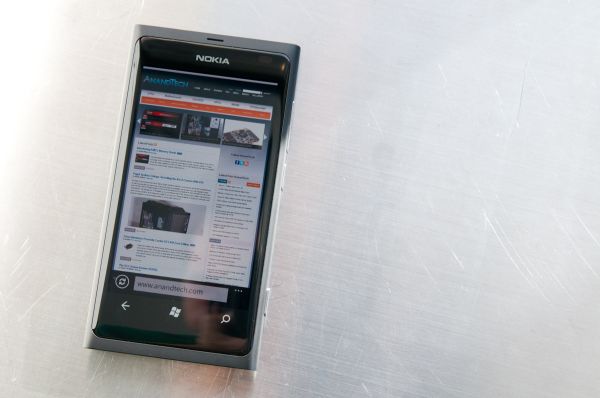
Read on for the full review!
More...
Thread Information
Users Browsing this Thread
There are currently 11 users browsing this thread. (0 members and 11 guests)





 Quote
Quote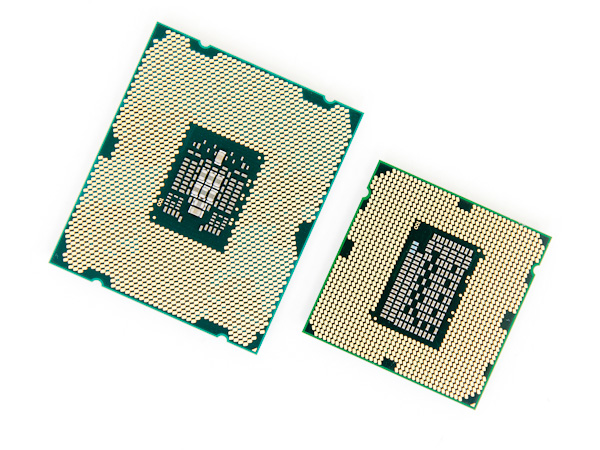
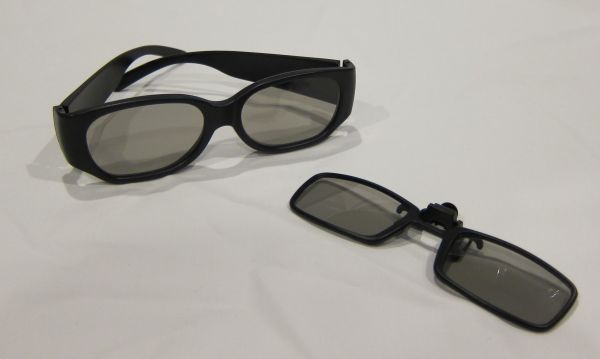

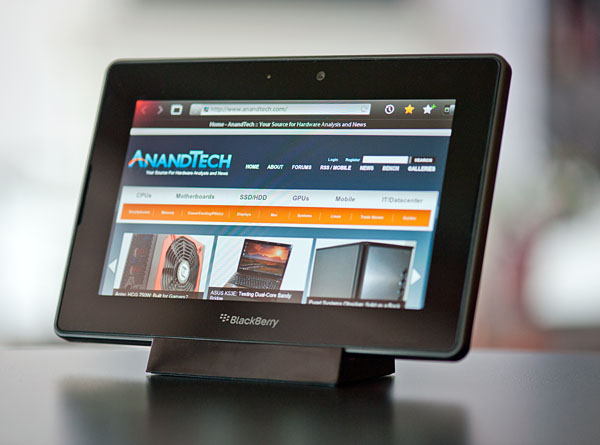
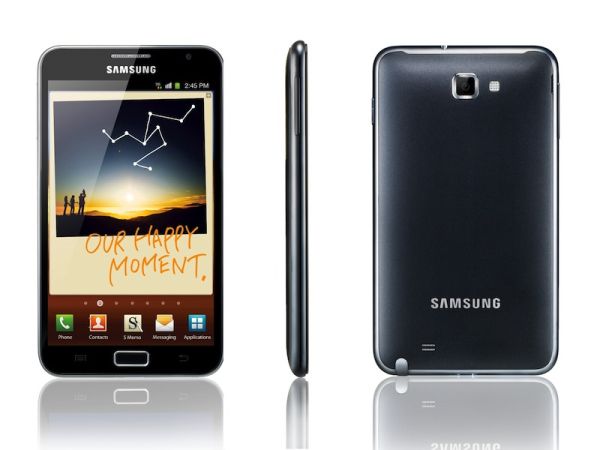
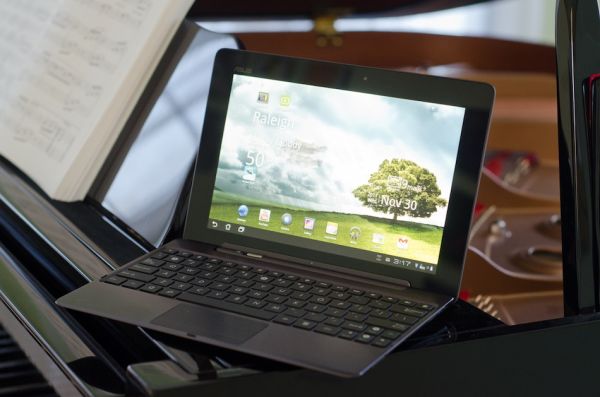
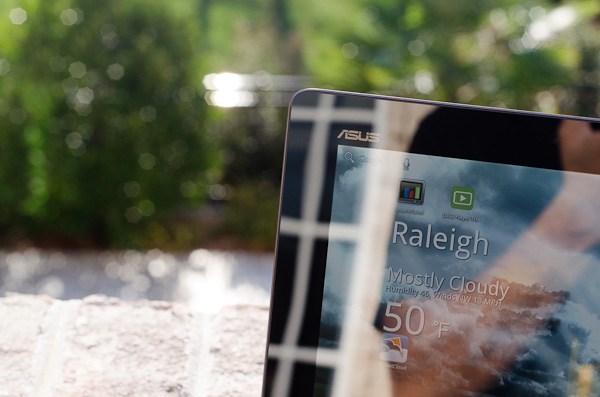
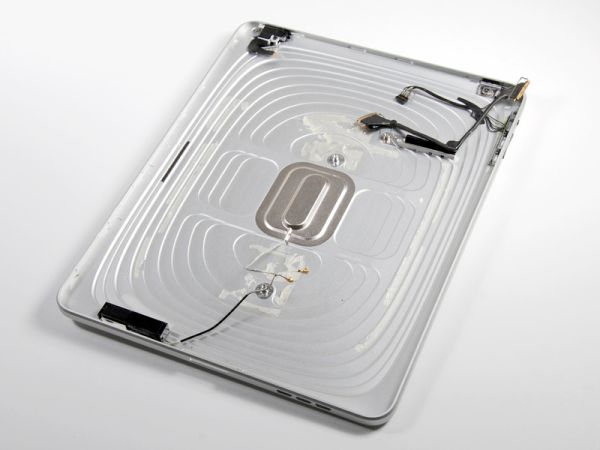
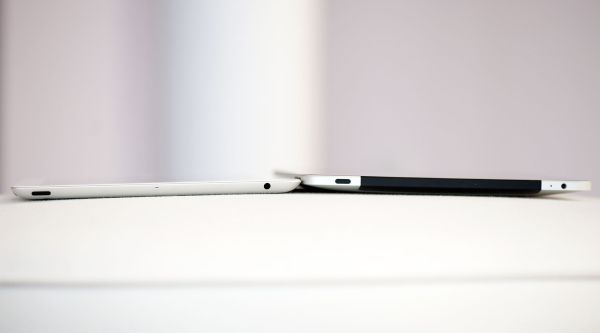

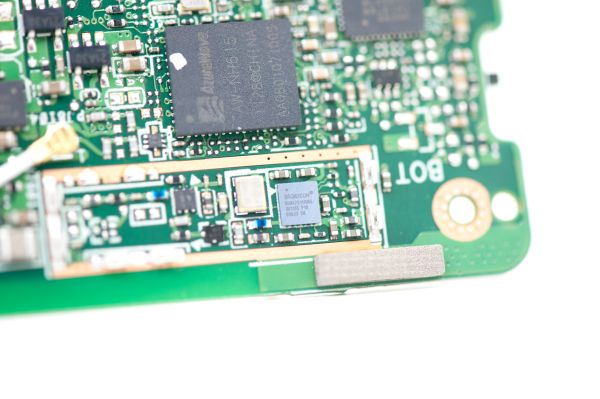
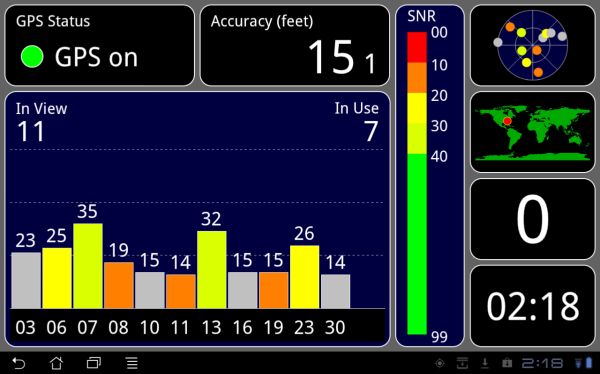
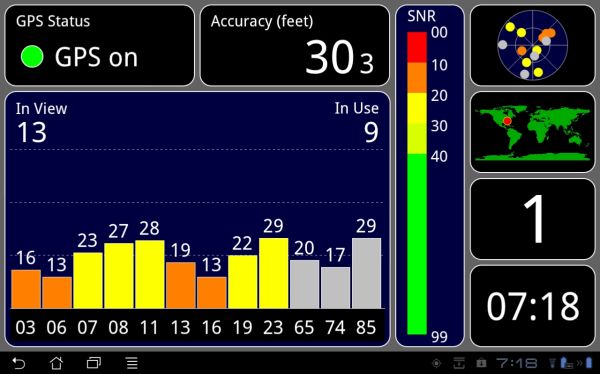
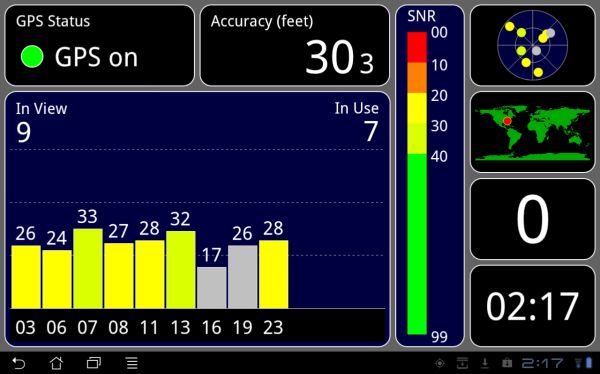
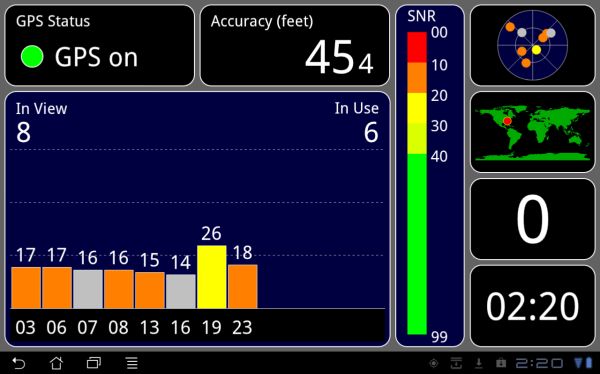
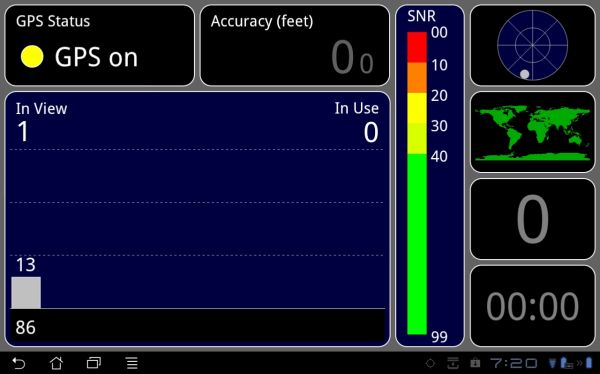
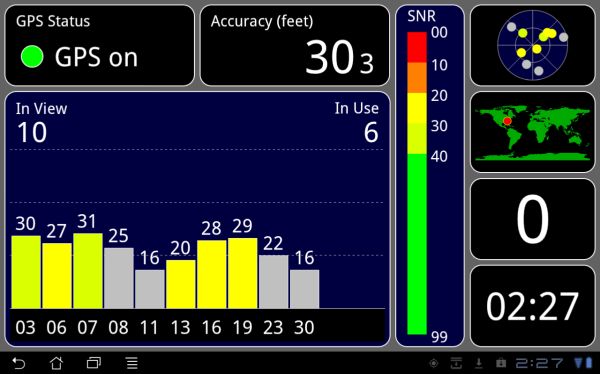
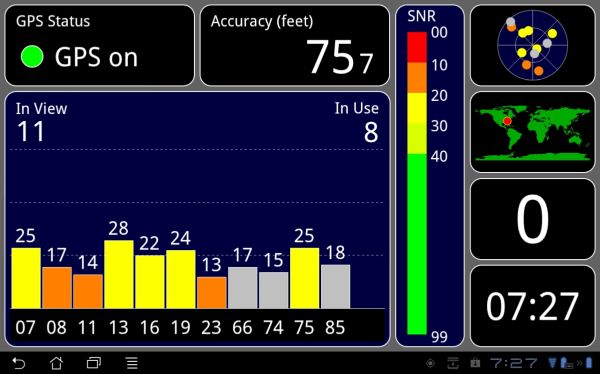
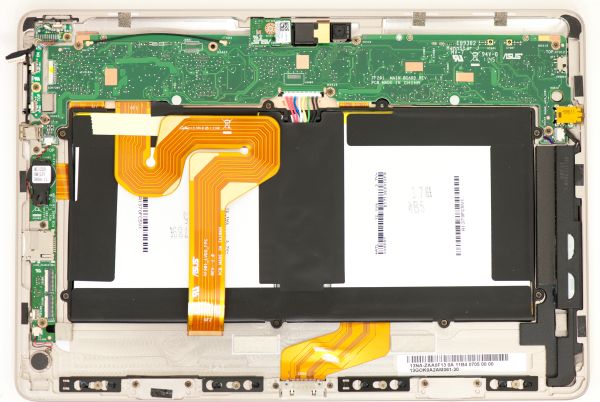
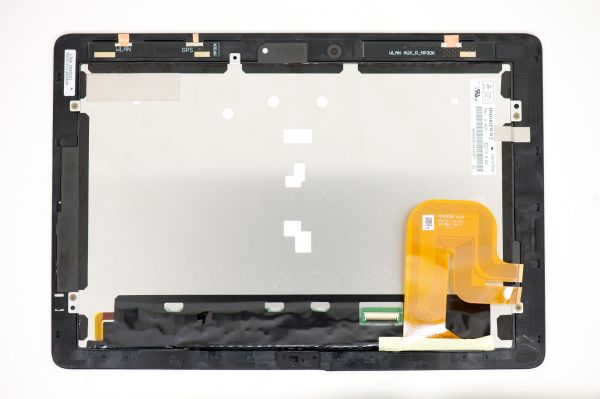
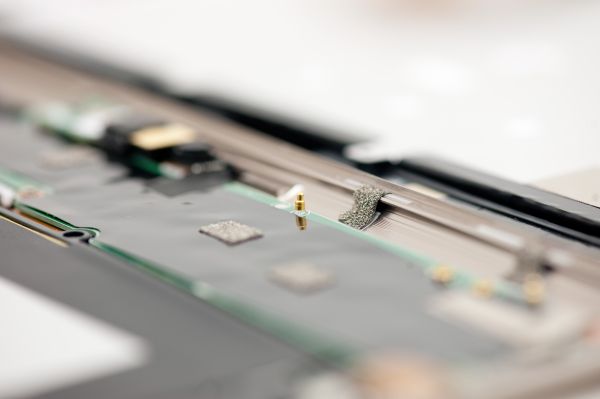
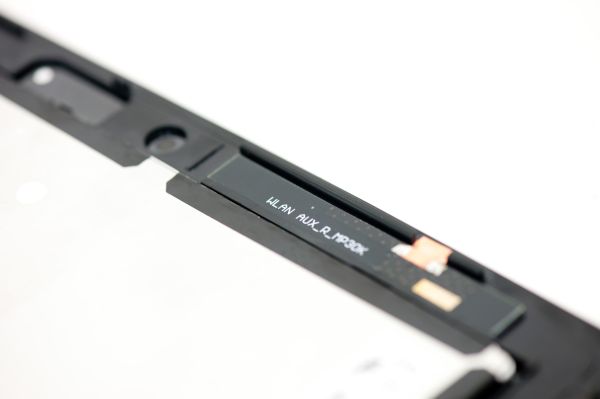
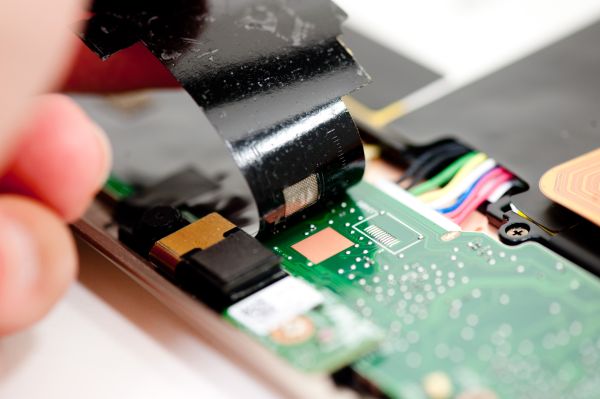
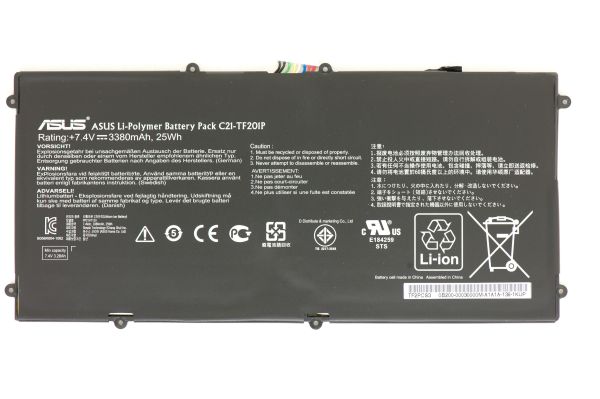

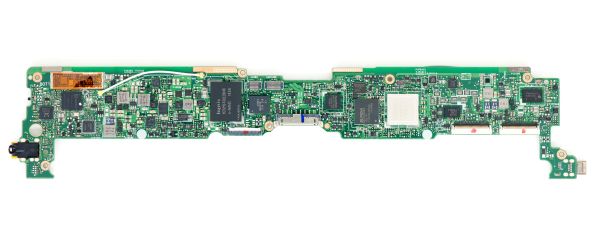
















Bookmarks